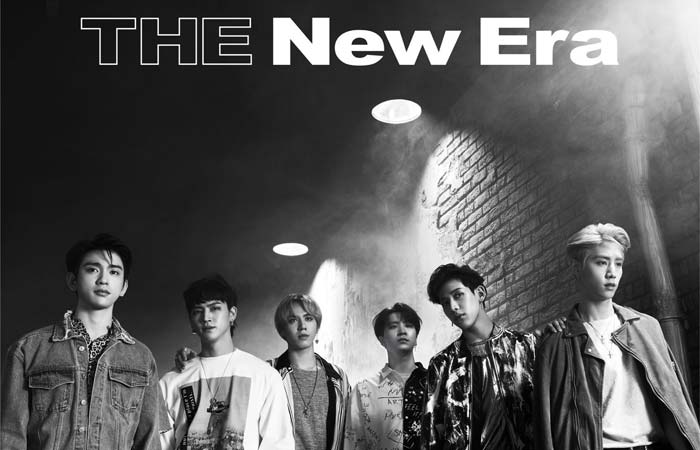The end of the Second World War left millions deceased and millions of others exposed to the full intensity of human brutality toward other humans. Traumatized and bereaved people living among the time had lived through personal horror to find costumed, fantasy monsters scary. It was an end of an era for the horror movies styled in a fairy tail mise en scène was over. The dawning of post-war posterity brought in a new breed of monsters.
What the audience wanted from horror movies?

Audiences wanted stories that connected to their lives, which contrast radically from their forerunners of the 1940s. Understandably, in the 1950s they were reflecting a whole new world of technology and lifestyle. They often played a story about scientific disasters taking over lives, and in many ways, this could be related to their lives and the feeling that mad scientists were now in control.
Read More:
- 5 Best Motivational Movies You Should Watch
- Watch German TV Abroad
- Why You Must Try Our GTVC
- The 5 Best Apple TV Plus Shows You Can Watch Today
New Rulings
In 1952 a Supreme Court ruling meant that films were recategorized as free speech under the First Amendment. This was thanks to Joseph Burstyn, this meant that filmmakers were able to let their imaginations run wild and ridicule the laws of nature. With technology improving special effects and trick photography became more sophisticated, giving filmmakers the confidence to become bolder about the demons and monsters that they could show on the screen.
Movements and Developments
Technical cinematic advances were designed to lure audiences away from their home TV sets, Cinemascope, Cinerama, Stereophonic sound, and 3-D experiences were used to entice the audiences.
The mid-century saw a number of technical innovations that improved the development in many areas including architecture, film production, and furniture production. With movements such as the mid-century modern movement that brought about Eames Lounge Chair iconic designs that would still be admired today, the film industry brought us full-technicolor Hollywood real big-screen epic movies that began a new revolution for the film.
The people behind the movies
Showpeople, misfits, freaks, rogues, and anyone that felt they were rejected or bypassed by the mainstream were the people who made horror movies back in the 1950s. These outsiders relished in outlandish scenarios that normality gets ripped apart by invaders, and the more grotesque the story, the better.
The typical audience
A large audience for horror movies was teenagers who did not care much for the character, development, plot, or production values, instead, they wanted action, thrills, and exposed flesh. Low-budget mini studios saw this opportunity and delivered quick, poorly wrote and made stories that haven’t aged well.
The idea to market these movies to teenagers was to feature action, revolution, killing, oratory, and fantasy. These were the people that didn’t want to watch TV at home but instead would like to go to a drive-in movie theatre.
Ignored by the industry professionals
In the 1950s horror films made the slow but sure movement into the B-Category. They were neglected by stars and award shows, established talent would opt for glossy epics, melodramas, and musicals along with the larger paychecks that were associated with them.